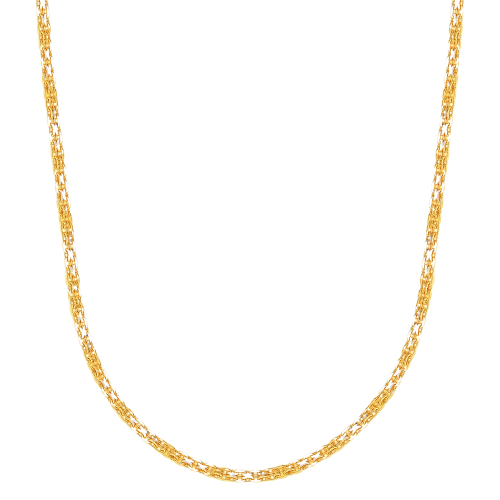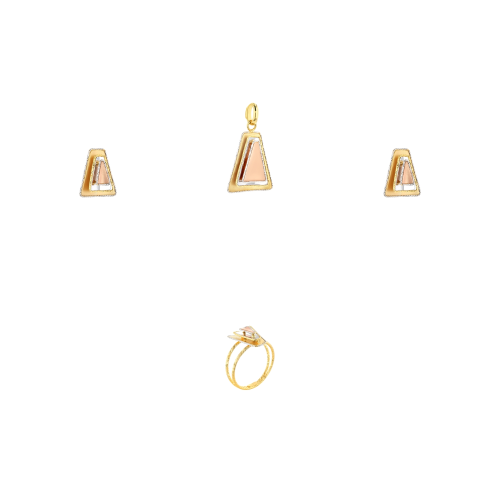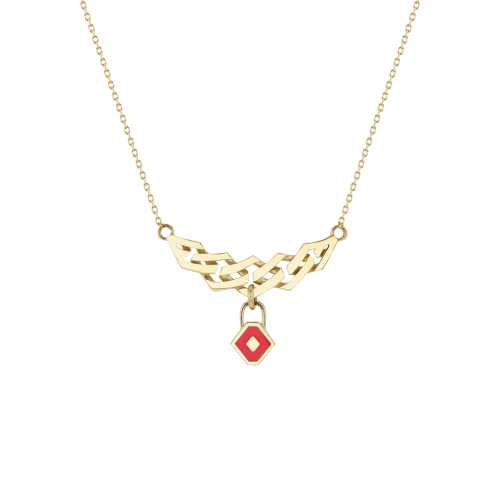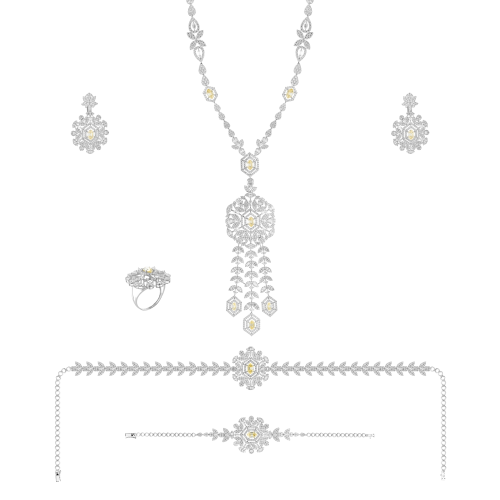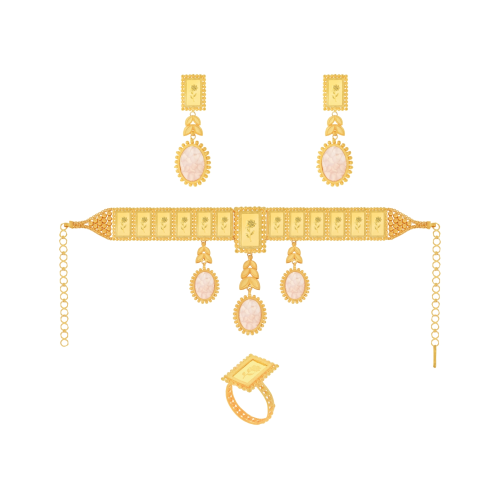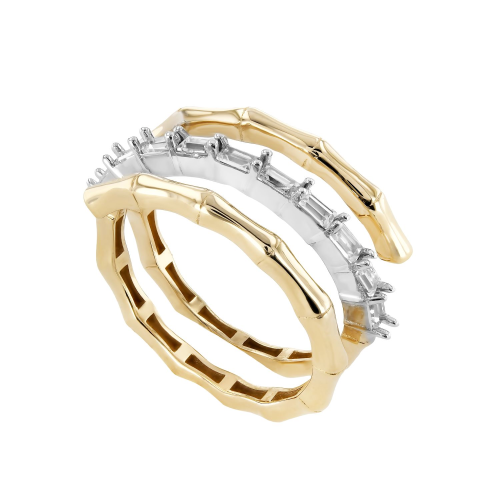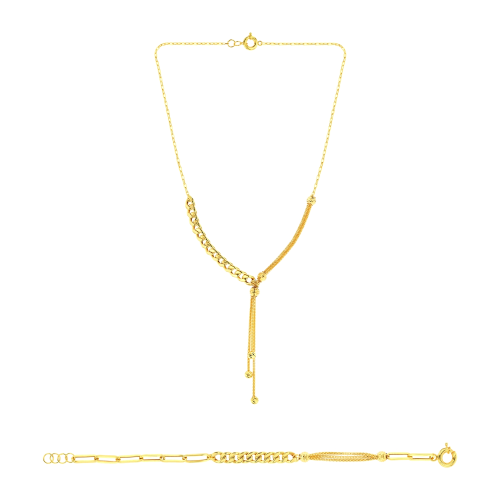Gold & Art
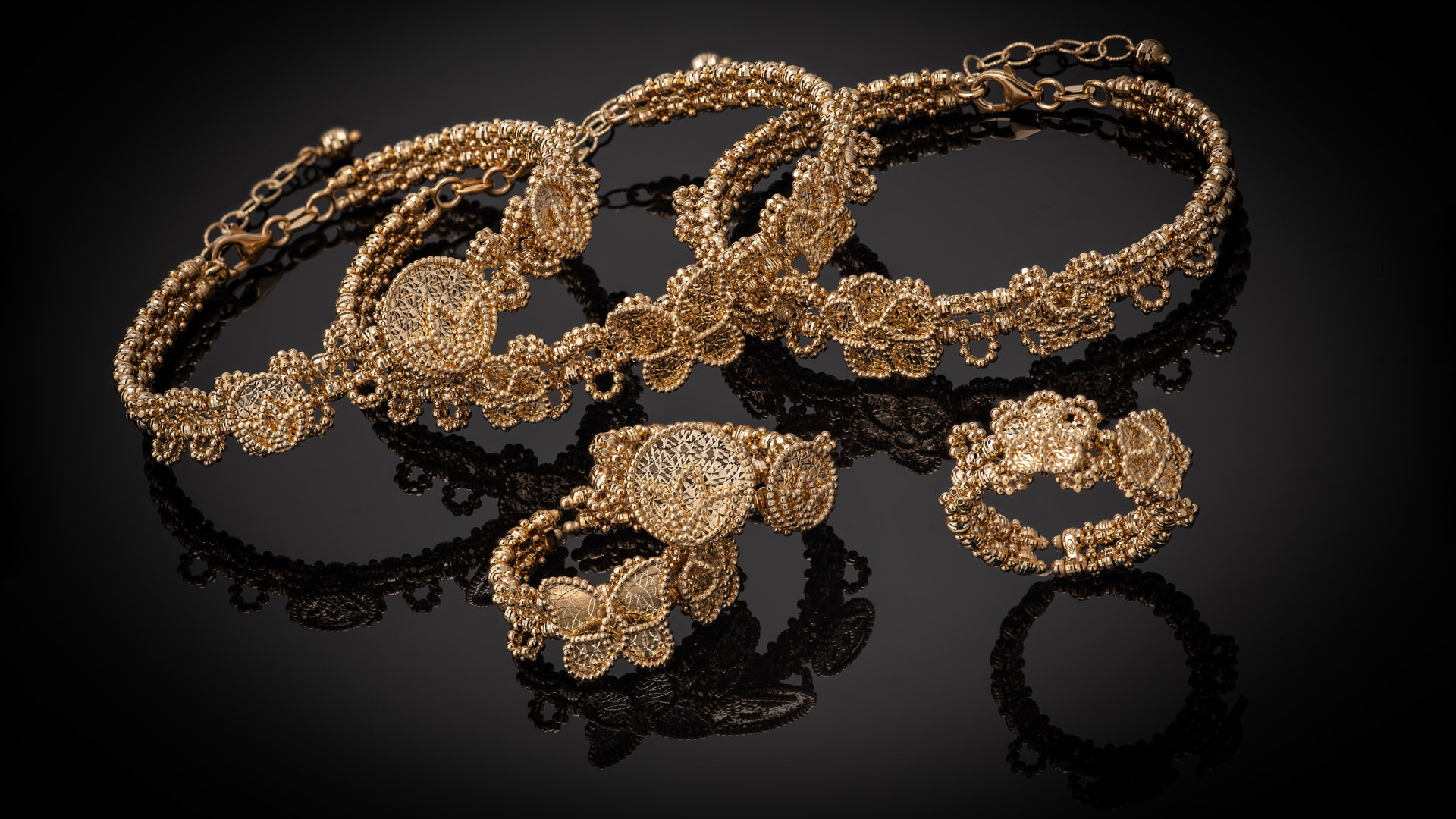
Gold is a colour that can stand on its own. Just ask any chrysophilist—a fancy term for a person who enjoys the gold set, which is practically everyone. This substance has been utilized as a gleaming emblem for the most sacred and valued things for millennia. Gold was referred to by the Incas as "tears of the sun." It was referred to as "the flesh of the gods" by the Egyptians. The colour has been used to decorate deity tributes, distinguish monarchs and queens, and represent luxury, power, and otherworldly spiritual splendour. Egyptians loved wearing 18K gold necklaces, 14K gold rings, 21K gold earrings, and 18K gold sets.
It should be remembered that Egypt had a true gold abundance. While other civilizations had to comb the globe for the precious metal, it was so common in Egypt that kings wore gold specks as a cosmetic. Furthermore, the Egyptians were technically adept, transforming the naturally soft substance into long-lasting items and adornments for rulers in this and other lives. Archaeologists uncovered the legendary Mask of Tutankhamun, a funerary mask of the young king's countenance fashioned of 11-karat gold and encrusted with gemstones, in the tomb of Pharaoh Tutankhamun (one of the only tombs to be excavated entirely undisturbed).
During the Byzantine Empire's reign (4th–15th centuries), gold was at the heart of creative creation. The famous 6th-century mosaics showing Emperor Justinian and Empress Theodora at the Basilica of San Vitale in Ravenna, Italy, are one example of artistic tributes to the country's rulers. Pictures of Christian religious figures were set against ethereal and flattened backgrounds of gold leaf in paintings further west, while images of Christian religious figures were set against ethereal and flattened backgrounds of gold leaf in paintings. During this time, gold, which had previously been connected with ancient sun gods, was transferred to the Christian religion, reflecting divine light and splendour, as well as God's luminous omnipresence.
The use of gold in Islamic court paintings has a long history. The Blue Quran, one of the most recognized works of Islamic calligraphy, is known for its beautiful gold-leaf lettering set against rare indigo paper. The hue, too, took on a unique significance in Indo-Persian miniature paintings. The Mughal Emperor Akbar (1542–1605) was particularly fond of miniature art, which consisted of small, delicate paintings intended for private consumption and sometimes gathered in books or albums. Under his reign, a creative environment blossomed, resulting in detailed representations of architecture, events, ornamental elements, and clothes, all of which were lavishly embellished with gold embellishments.
Throughout the Renaissance and into the Enlightenment, authority changed between the Catholic Church and divinely authorized monarchs and mercantile classes, and gold took on new political implications. Zeus, the deity of the sky, was thought to come to Dana as a shower of light in the ancient world (often depicted as a rain of golden coins). By calling himself the Sun King, Louis XIV of France resurrected these old connotations.
Since its inception, gold has always been used as a highlight to represent art. Many famous civilizations and religions consider gold prestigious in society.
